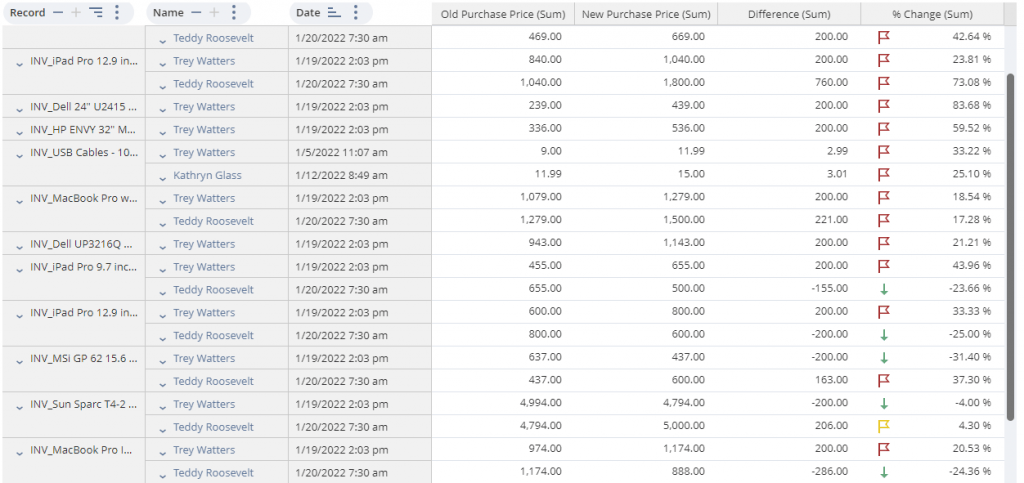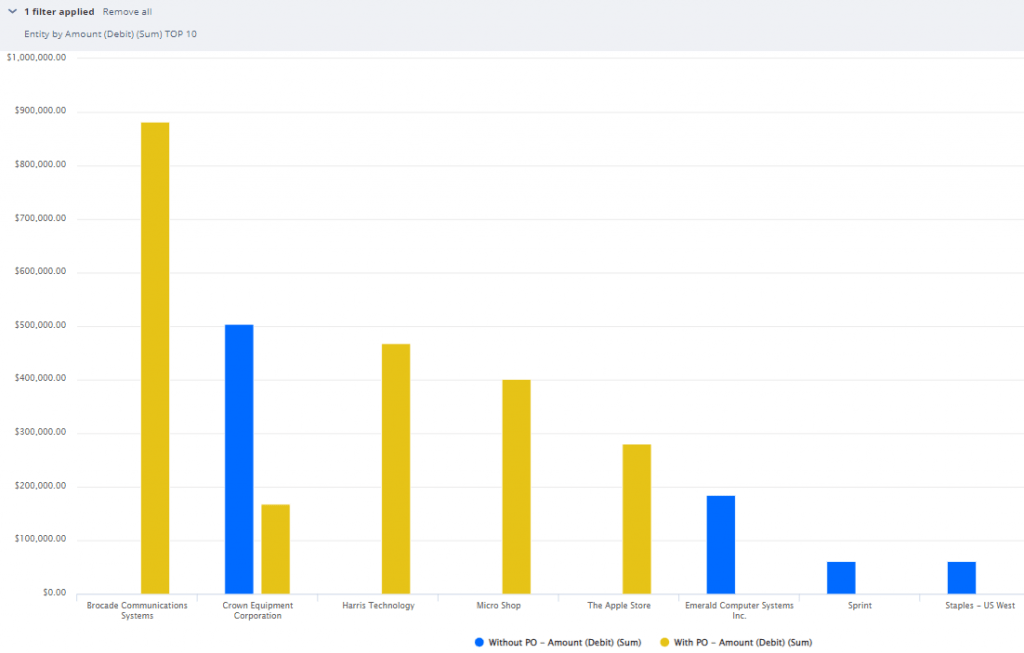All organizations need to purchase goods and services from other companies. For a small business with only a handful of employees, keeping these expenses in check is fairly easy because, in most cases, only one person has the authority to approve purchases: the founder or CEO. As companies authorize more people to make purchasing decisions, controlling expenses becomes more difficult. Lack of visibility into what is being purchased, poor coordination among departments and insufficient management oversight can lead to unsustainable operating costs.
Companies can avoid many of these problems by standardizing the procurement process and making sure it’s consistently followed by the entire organization. And since you can’t manage what you can’t measure, having the right metrics and key performance indicators (KPIs) in place is also critical for success.
Keeping Track of Procurement Performance
Before developing a list of metrics and KPIs to track, it’s important to understand the difference between the two. These terms are often used interchangeably, but they’re not exactly the same. A metric is any quantifiable variable that can be used to track or analyze the performance of a business process, while a KPI measures performance relative to a specific target or objective. KPIs represent the outcomes a business or department cares about most and are typically used when a company knows what results it wants to achieve.
Procurement is a broad process that affects many parts of an organization. As a result, there are dozens of potential metrics that can be used to gauge performance. Which ones are tracked and which are ignored depends on a variety of factors, including what data can actually be tracked and whether doing so will provide meaningful insights.
More Ways to Track Spend with NetSuite
With so many options to choose from, companies may be tempted to measure everything. That’s rarely the best approach. Just because something can be measured doesn’t mean it should be. Tracking irrelevant metrics is often worse than tracking no metrics at all because it can cause staff to focus on achieving the wrong outcomes while ignoring those that really matter.
A better approach is to begin by defining your desired outcomes or objectives. Procurement-specific outcomes might include improving financial visibility, avoiding unnecessary expenses and controlling operating costs. Potential metrics can then be assessed based on whether they help accomplish one or more of these objectives. This will ultimately produce an individual set of metrics that can be used to monitor performance against each of the company’s procurement goals.
Once a company has identified a set of appropriate metrics and KPIs, it must track results consistently and update them frequently. NetSuite’s SuiteAnalytics Workbooks simplify this process, providing customizable spreadsheet-like templates pre-configured within NetSuite. Workbooks make it possible to explore and visualize performance in unique ways without the need to export data or rely on third-party analysis tools. NetSuite’s recently released Procurement Workbook provides extensive reporting into purchase and spend activity, giving customers the ability to create pivot tables, prepare charts and graphs, access multilevel joins and perform other tasks entirely within NetSuite that provide a deeper understanding of performance in the following areas:
- Avoiding unnecessary expenses. Paying for damaged goods or items that were invoiced but not received ties up cash. Correcting these errors is time-consuming. The following reports help companies avoid these issues by tracking what has and hasn’t been received:
> 3-Way Match Confirmation
> Unreceived Items Chart

NetSuite Procurement Workbook Purchase Price Change History report
- Improving financial visibility. Financial visibility is a top concern for every business. SuiteAnalytics Procurement Workbooks take advantage of the real-time data within NetSuite to provide insights into future cash requirements and current trends, including:
> Spend Committed & Unreceived
> Year-over-Year Monthly Spend
> Direct vs Indirect Spending - Controlling operating costs. Supply-chain disruption, labor shortages and inflation are forcing companies to find ways to reduce operating costs. Keep costs in check by monitoring what you’re paying for goods and materials and identifying rogue or off-contract spend with these reports:
> Average Purchase Price by Item
> Purchase Price Change History
> Spend with PO vs. Without PO

NetSuite Procurement Workbook Spend with PO vs without PO chart
SuiteAnalytics Procurement Workbook makes tracking and analyzing these metrics easier by combining powerful visualizations, customizable pivot tables and real-time data to provide insights into both current performance and historical trends.
Story by Scott Beaver

